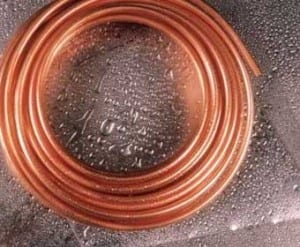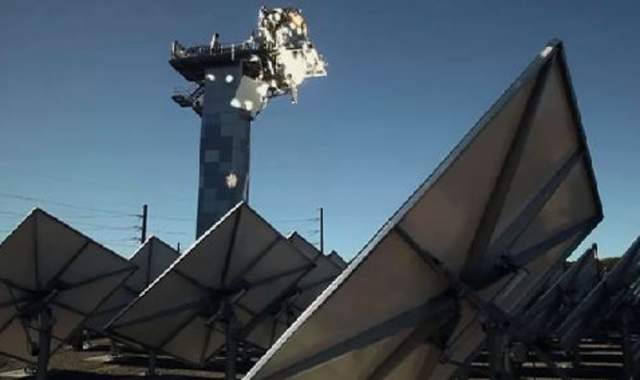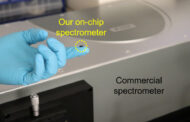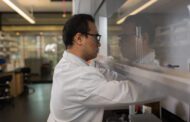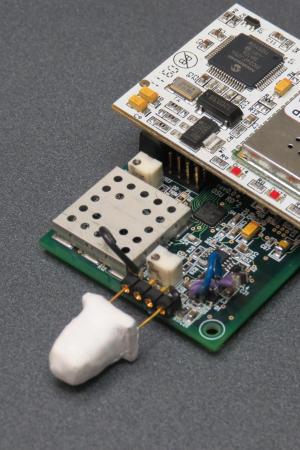
Nuclear engineers at Oregon State University have developed a small, portable and inexpensive radiation detection device that should help people all over the world better understand the radiation around them, its type and intensity, and whether or not it poses a health risk.
The device was developed in part due to public demand following the nuclear incident in Fukushima, Japan, in 2011, when many regional residents were unsure what level of radiation they were being exposed to and whether their homes, food, environment and drinking water were safe.
Devices that could provide that type of information were costly and not readily available to the general public, and experts realized there was a demand for improved systems that could provide convenient, accurate information at a low cost. The new system should eventually be available for less than $150.
Learn more . . .
The Latest on: Radiation detector
[google_news title=”” keyword=”Radiation detector” num_posts=”10″ blurb_length=”0″ show_thumb=”left”]
via Google News
The Latest on: Radiation detector
- What causes radiation sickness, know its symptoms and causeson April 27, 2024 at 4:19 am
Radiation sickness, also known as acute radiation syndrome (ARS), is a severe condition that arises from exposure to high levels of ionizing..|News Track ...
- Silent signals: Know unseen signs and symptoms of cancer for swift detectionon April 26, 2024 at 6:11 am
Watch out for these red flags or key symptoms of cancer that are often missed and other expert insights for early detection ...
- Non-ionizing Radiation EMF Detection, Measurement, and Safety Market Forecasts US$ 94.5 Billion Growth by 2032, Projecting a 3.6% CAGRon April 25, 2024 at 7:14 pm
The global non-ionizing radiation EMF detection, measurement, and safety market is expected to reach US$ 94.5 Billion by 2032, rising at a 3.6% CAGR between 2022 and 2032, according to FMI Analysts.
- Air Force’s Radiant Falcon tests Spangdahlem’s ability to recover and redeploy radioactive planeon April 25, 2024 at 8:01 am
Airmen at this F-16 fighter wing installation in rural southwestern Germany are learning how to safely receive and relaunch an aircraft exposed to nuclear radiation.
- Kromek secures £2.3m order from US for nuclear security productson April 24, 2024 at 11:55 pm
Detection technology company Kromek has announced a $2.9m (£2.3m) order from a US federal body for nuclear security products.
- Nuclear security contract win for detection technology businesson April 24, 2024 at 11:33 pm
Kromek Group, a developer of radiation and bio-detection technology solutions, has been awarded a contract worth up to $2.9m/£2.3m from a US federal entity for the provision of nuclear security ...
- Zijin cooperating with Congo probe after radiation detected in cobalt loadon April 24, 2024 at 9:33 am
Chinese mining giant Zijin Mining said on Tuesday that it would cooperate with authorities in Democratic Republic of Congo after radiation was detected in a shipment of cobalt from its mine in the ...
- Doctors Explain What Prostate Cancer Screenings Involveon April 23, 2024 at 4:47 am
The PSA test is often paired with a digital rectal exam (DRE), where a doctor inserts their finger into the rectum to feel the prostate gland. “We look for any bumps or lumps or any signs of ...
- Radiation Detection, Monitoring and Safety Market Size is Worth $3.7 Billion By 2030: IndustryARCon April 22, 2024 at 5:46 pm
The Radiation Detection, Monitoring and Safety Market is estimated to grow at a CAGR of 6.2% during the forecast period (2024-2030) and reach US$ 3.7 Billion by 2030, from around US$ 2.3 Billion in ...
- How Tetris Inspired an MIT Breakthrough in Nuclear Safety Technologyon April 20, 2024 at 9:49 pm
The device, based on simple tetromino shapes, could determine the direction and distance of a radiation source, with fewer detector pixels. The spread of radioactive isotopes from the Fukushima Daiich ...
via Bing News

